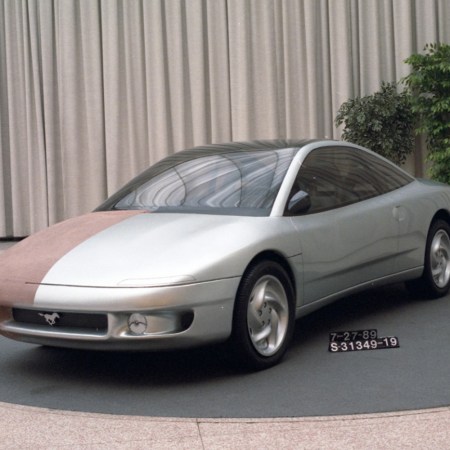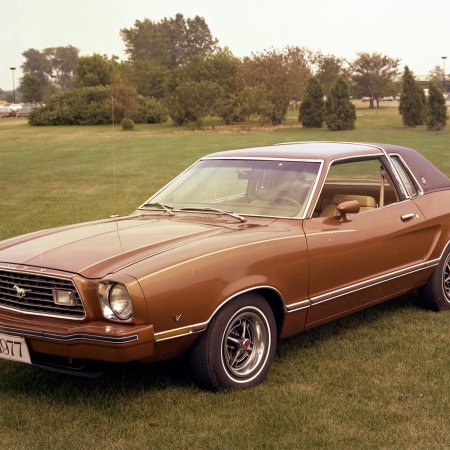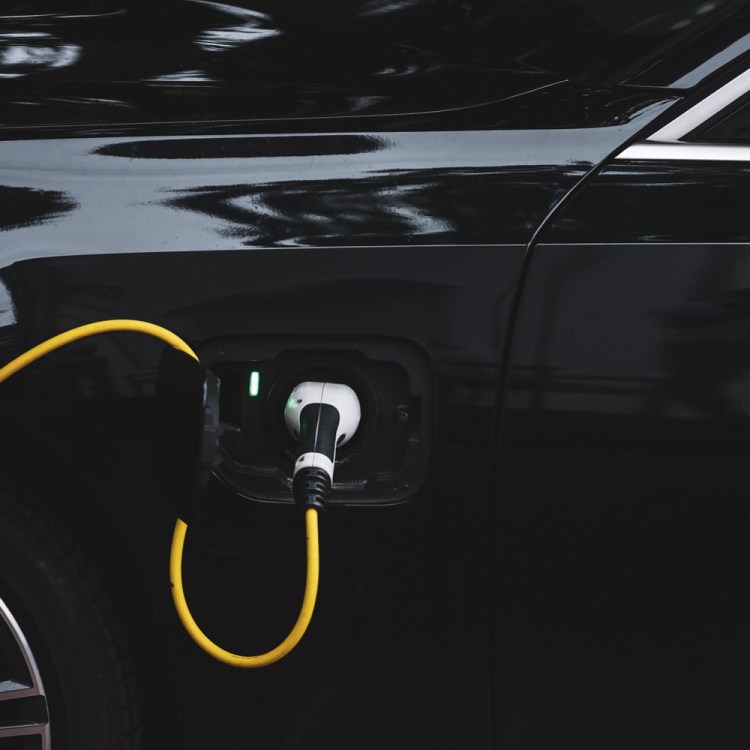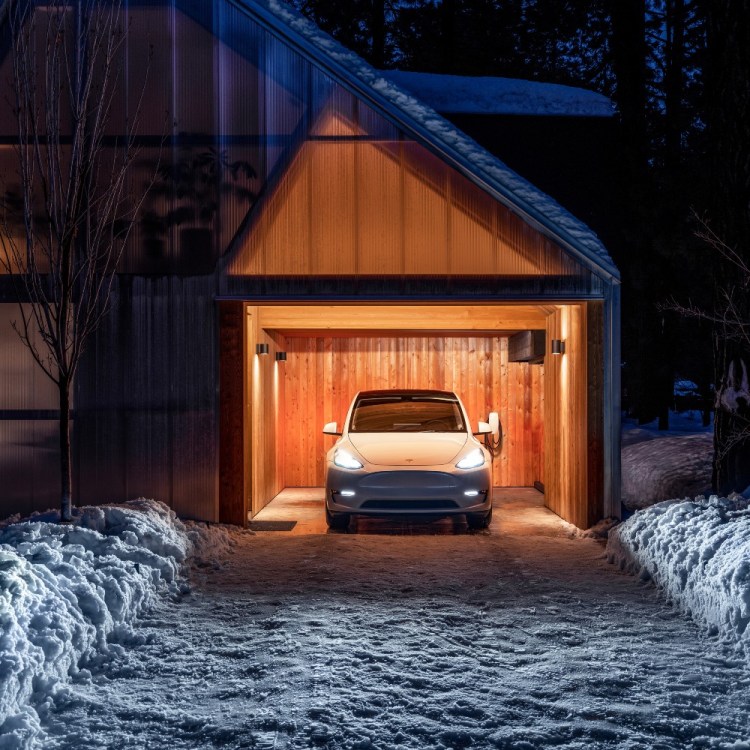As the AMG Product Manager for some of Mercedes-Benz’s most sought-after cars, including the E-Class, CLS, SLC and GT 4-Door, Brian Cotter is no stranger to cutting-edge engineering and technology. That said, the youthful automotive expert harbors a not-so-secret love of vintage cars, which he has been collecting since before even getting his driver’s license.
Cotter’s home fleet now includes a pair of British-made 1950s Berkeleys, a 1966 Lotus Elan, a 1968 Horton Formula Vee racer, a 1985 Porsche 911 Targa, a 1993 Mazda RX7 and a 1995 Mazda Miata — none of them concours queens, but all great fun to drive.
Hence, the perfect person to annotate our list of the 10 things you should know before getting into the classic car club yourself.
1. You can buy a classic car just for its beauty and visceral appeal.
“To me the most appealing vintage cars are the ones that look great and drive great, even if the market for them is soft,” Cotter says. “Consider some early 1990s Japanese sports cars — until recently, the market was especially soft on certain models despite their ability to be driven and enjoyed any time. It’s for these reasons, and some others I am sure, that they are seeing a resurgence in popularity.”
2. … But it can also be a smart investment.
Bubbles in the classic car market are rare; values have been steadily rising over the past decade. “Buying a classic car isn’t a sure shot at making money,” Cotter says, “but it’s definitely more fun than keeping it in the bank. If a vintage car doesn’t return a profit, it will still leave you with memorable experiences and plenty of smiles. That said, as millennials are aging, the ‘dream’ cars of their youth are exploding in value – see the Toyota Supra and Mercedes 190E, for instance. It’s a great time to get in on these previously-underappreciated classics.”
3. Unless you’re paying a lot of money or plan to show your car, don’t worry too much about everything being 100% original.
“The great thing about having a vintage car is the ability to drive it and enjoy it, and there’s no harm in making a car more ‘life friendly,’” Cotter says. “Upgrading an older 6v car to a 12v electrical system will make starting the car easier. If your car didn’t come with air conditioning originally, there are companies like Vintage Air that make retrofitting a system easier than ever. Add a USB charging outlet discreetly under your dashboard. Make your vintage car as user-friendly as you want or need it to be.”
4. If you want a great deal, look for a “project car.”
“There’s an adage in the classic car world,” Cotter notes. “‘Buy the best you can afford.’ While buying a nicer car can get you on the road sooner, if you don’t have the means to get a perfect example, a project car can be rewarding and more financially viable. When I look for older cars, I tend to seek out ones with strong mechanicals, but with wear items that need a bit of TLC — think tires, brakes, suspension and clutch. Nearly any shadetree mechanic can tackle these issues without specialty-shop hourly charges.”
5. Look at everything from classified ads to automobile auctions. There are deals to be found if you do the research.
“Some of the best deals on vintage cars are probably within 10 miles of you right this moment,” Cotter opines. “There are garages all over with vintage cars put away for years, if not decades. I love running through residential areas on a Saturday morning when people are outside doing yard work or organizing their garages — gives you a chance to catch a glimpse of what’s inside. Websites like bringatrailer.com tend to aggregate interesting, well-documented vehicles in a user-friendly setting. Be warned, however: lots of enthusiasts interested in a single listing can drive prices up dramatically.”
6. Older cars typically have less power, so prepare to be outrun by every jackass in a new Nissan Sentra.
“I remember when I first bought my 911, I thought it was fast for about 10 minutes. Then a minivan out-accelerated me from a stop light. Consider that supercars from 20-30 years ago have power figures that are increasingly common in modern economy sedans.” And expect a little discomfort from older A/C units and so on, especially on longer drives. “My favorite time of the year to drive a vintage car is in either fall or early spring,” Cotter says. “These seasons tend to mask issues that are common with older cars, e.g.. less-than-ideal air conditioning and the tendency to overheat in stop-and-go traffic.”
7. Factor in the cost of maintenance and repair. The question isn’t if, it’s when.
Older cars will need more frequent fixes. “Maintenance can be a concern,” Cotter admits. “But buying a car with a solid history of maintenance and a good archive of ownership records is generally an indication of a car that has been well cared for. As with physical health, it’s important to be proactive with maintenance, simple repairs and so on, before they turn into more serious and costly issues.”
8. If you don’t know how to work on it yourself, you’ll need an ace mechanic. Consult fellow enthusiasts to find a reliable one nearby.
“Most issues you encounter with a vintage car can be fixed over the course of a weekend,” Cotter says. “For more serious issues, join an online forum and consult nearby experts for help. For a case of beer, a nearby fellow enthusiast may even be willing to come over and assist you in making a repair. If the issue is beyond your confidence level, forums are also a great way to get recommendations for repair shops in your region.”
9. Some states waive inspection and even registration requirements for antique autos over a certain age, which might offset some of the cost.
“I live in Georgia, a state with high vehicle taxes. On a new car, the ‘Ad Valorem’ tax is 7% of the fair market value, but on a vintage car built before 1986, this tax is reduced to something like 1%. Additionally, inspection requirements are waived and historic car registration is possible. It makes me laugh when I look at the ‘Antique’ license plate on my 26-year-old RX7.
10. If you don’t have a garage, you’ll need to rent one. Even the best car cover won’t cut it.
And unless you live in sunny California, plan on storing it for the winter. “My dad often suggested that I rent a garage from an elderly neighbor for the winter before I had my own. While I never had to do this, it’s certainly a good idea for someone living in an area with limited secure parking options. Many cities also have auto storage ‘country-club’ businesses — places where you can store your car, hang out with fellow auto enthusiasts, etc. These are a great option if you’re willing to pay the cost of entry, which can be steep.”
All images via Jared Paul Stern
This article was featured in the InsideHook newsletter. Sign up now.























